- Home
- slideshows
- miscellaneous
- 7 never-before-seen artifacts from the decade-long hunt for Osama bin Laden are now on display at the 9/11 Museum
7 never-before-seen artifacts from the decade-long hunt for Osama bin Laden are now on display at the 9/11 Museum
While it may seem like an ordinary "Wanted" poster, this one is actually signed by Navy Adm. William McRaven, who oversaw Joint Special Operations Command during the raid on bin Laden's compound.

This model was used by the FBI to help plan the raid.
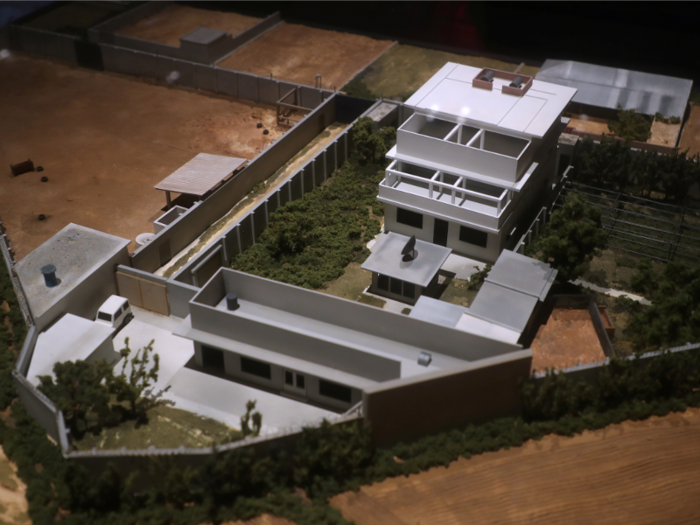
This knife was used in Afghanistan by an officer from the UK, which supported US forces in the region as a NATO member country.
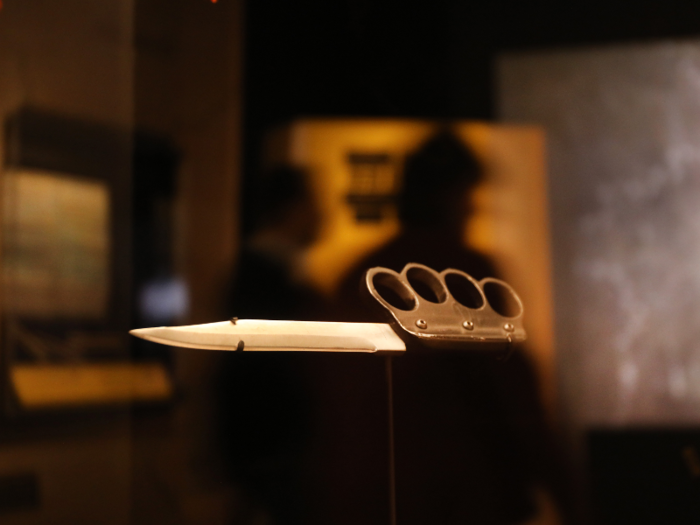
A vest worn by one of the members of SEAL Team 6 during the raid on bin Laden's compound on May 2, 2011.
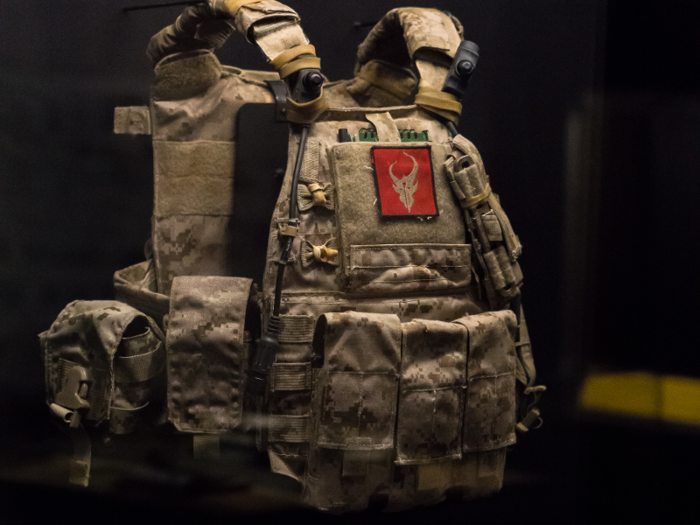
This vest was worn by Cairo, the military working dog that accompanied the 23 members of SEAL Team Six and their interpreter on the raid.
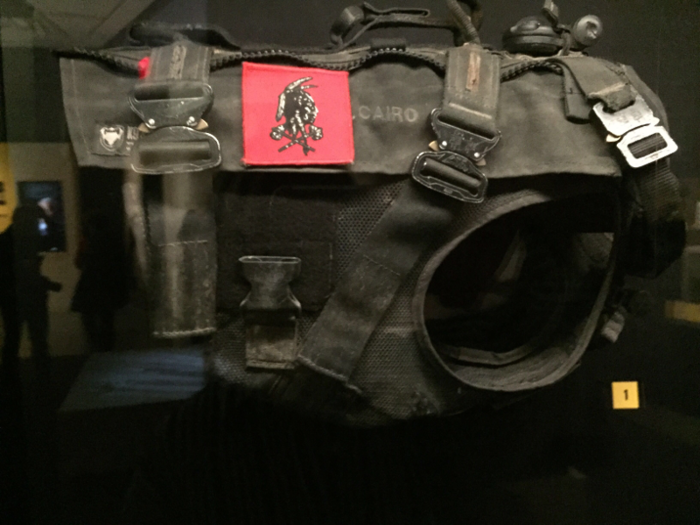
Cairo, a Belgian Malinois, received a fair amount of attention after the raid. Cairo secured the perimeter of the Abbottabad compound and was prepared to go in after bin Laden if necessary.
When he heard about Cairo's role in the raid, former President Barack Obama said, "I want to meet that dog," according to The New Yorker.
"If you want to meet the dog, Mr. President, I advise you to bring treats," one SEAL jokingly told Obama.
This fragment of Arabic script was an al-Qaeda propaganda banner that supposedly hung on bin Laden's desk at his Tarnak Farms compound in Afghanistan.
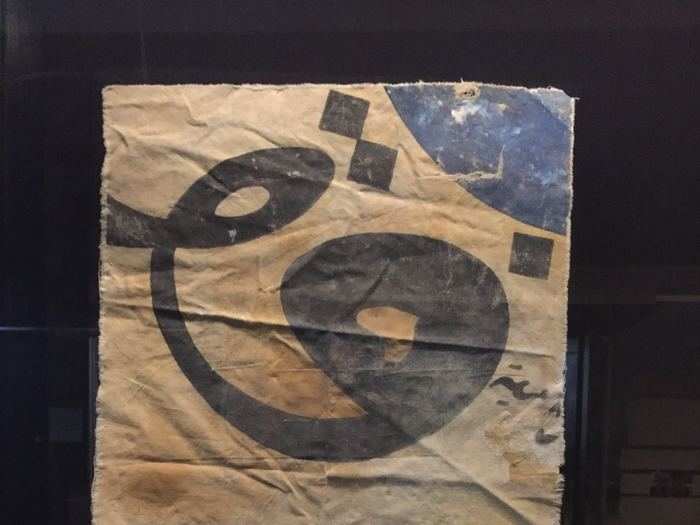
Starting in 1996, bin Laden operated in Afghanistan in a deal with the Taliban, under which the group allowed al-Qaeda to be present there in exchange for funding and manpower.
From 1997 to 2000, bin Laden lived and likely plotted attacks at Tarnak Farms.
This saddle and cover was used by the "Horse Soldiers" in Afghanistan.
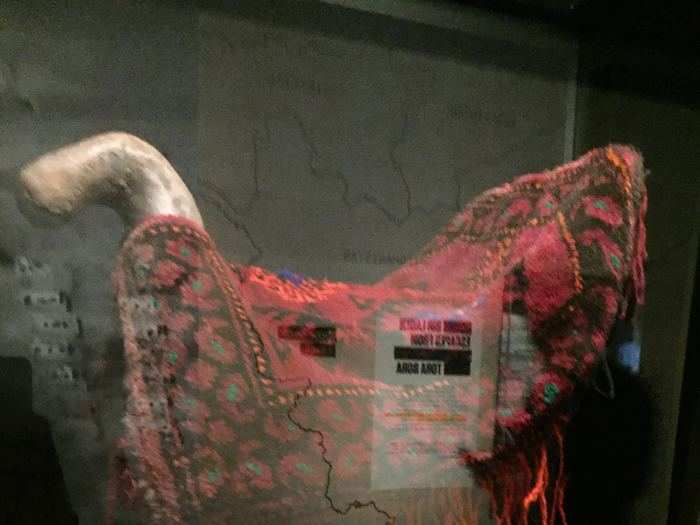
US Army Green Berets from Operational Detachment Alpha 595 rode horses to get around in Afghanistan's rough terrain in the days and weeks just after the US invasion.
Popular Right Now
Advertisement